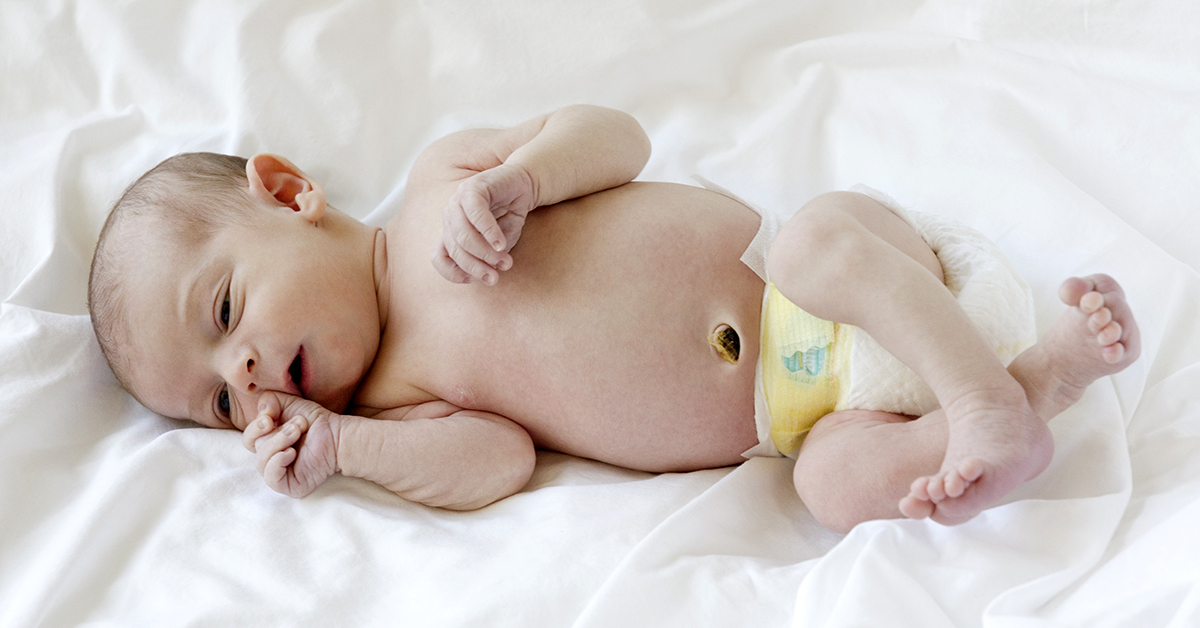The opioid epidemic has had devastating effects on families in rural communities, places where both maternity care and substance use treatment are limited.

Pregnant women with opioid addiction may have particular challenges in receiving the care they need when they live in rural areas. Both maternal opioid use disorder (OUD) and neonatal abstinence syndrome (NAS), also known as infant withdrawal, are increasing faster in rural areas than in urban areas. Rural women with opioid-affected births may give birth locally in rural hospitals or may be referred to higher acuity facilities in urban areas, which may be better equipped to handle complex treatment needs.
Katy Kozhimannil, associate professor in the School of Public Health and director of the University of Minnesota Rural Health Research Center, and her colleagues studied where rural moms with opioid use disorder gave birth and examined the characteristics of opioid-affected births to rural moms, based on whether they occurred in rural hospitals, urban non-teaching hospitals or urban teaching hospitals. Her research was recently published in the Journal of Rural Health.
The study examined maternal and infant records for childbirths to rural residents that occurred from 2007-2014. The analysis included 942,798 rural mothers and 981,090 rural infants.
“Some of these rural moms, especially those with clinical complications, give birth in urban, teaching hospitals, often far from home,” says Kozhimannil. “Yet, our study findings show that more than 60 percent of rural moms with opioid use disorder give birth locally. These rural hospitals may have more limited capacity to care for them and their babies.”
Additional key findings include:
- Diagnosis of maternal OUD and NAS are steadily increasing among rural residents, and opioid-affected births are occurring in all hospital settings: rural and urban, teaching and non-teaching.
- The highest rates of maternal opioid use disorder diagnoses occurred among rural patients giving birth in urban teaching hospitals.
- Rural women with opioid use disorder and other clinical complications were more likely to give birth in urban teaching hospitals, compared with rural hospitals, likely indicating appropriate referral patterns for higher risk patients.
- Nearly half (48.3 percent) of rural moms with both opioid use disorder and a preterm delivery gave birth in rural hospitals, highlighting the importance of readiness to care for complex patient needs in all hospital settings.
“Recent policy and clinical efforts to address opioid-affected births have frequently focused on specialized capacity building within tertiary care settings, often urban teaching hospitals,” says Kozhimannil. “Yet, these results show that resources are also needed in rural hospitals that are caring for more and more opioid-affected moms and babies each year.”
The characteristics of rural mothers with opioid-affected births are different for those who give birth in rural hospitals and those who give birth in urban hospitals. This finding highlights the distinct clinical and programmatic needs required in each hospital setting to successfully care for rural mothers with opioid use disorder and for rural infants with neonatal abstinence syndrome, no matter where they are born.

